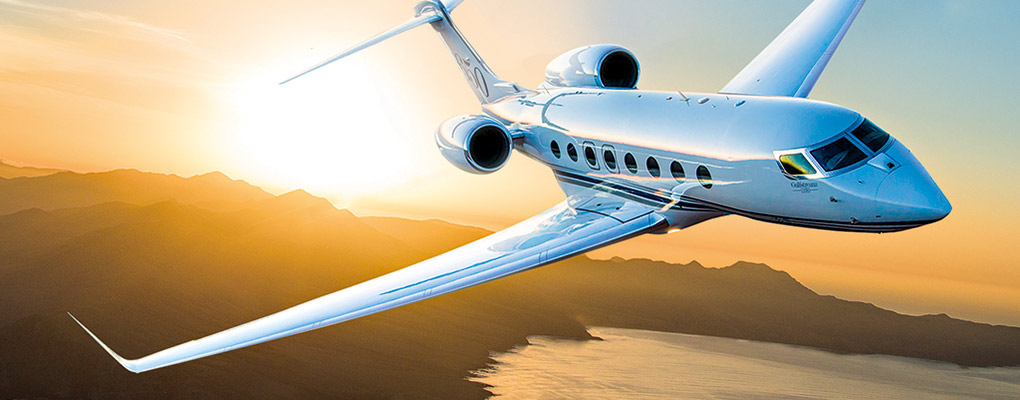
The past decade has seen the business aviation industry expand its international presence and exhibit promise in emerging markets. However, the economic downturn has resulted in a bifurcated market, impacting on sales of smaller aircraft more so than those of large-cabin, long-range aircraft.
World Finance spoke to Gulfstream Aerospace’s Vice President of Communications, Steve Cass, about recent developments in the industry, and how they have impacted on the General Dynamics subsidiary.
Tell us about your business and how you have capitalised on industry changes
We’ve been in the business of business aviation for more than 55 years. Since we delivered our first business jet (a GII in January 1968), we have delivered over 2,100 business jets to our customers. We’re focused solely on the business aviation sector, and our ability to provide technologically advanced products that are safe, comfortable and reliable is definitely a differentiator for us.
In terms of the industry’s future, we envision the widespread acceptance of business aviation as a powerful and impactful worldwide economic engine that not only provides countless benefits to its users but to people around the world who work in the industry.
Gulfstream Aerospace
3,800
Employees
2,100
Business jets delivered
In 2007, Gulfstream saw its sales shift from primarily domestic to primarily international. This catapulted us from being a Georgia company with a worldwide presence to a worldwide company with a Georgia presence. Since then, the domestic/international breakdown has remained steadily at 50:50.
Nevertheless, as our international fleet continues to grow, so too does our network. In 2012, we opened Gulfstream Beijing and became the first original equipment manufacturer to establish a factory service centre in Asia.
We also enhanced our presence in Latin America with a Gulfstream service centre in Sorocaba, Brazil, and expanded our spare parts inventory, positioning more than $1.4bn in spare parts strategically around the world. At the same time, we increased customer access to aircraft sales support around the world and enhanced our sales presence in Africa, the Middle East, Russia and Dubai.
Last year we opened a Sales and Design Centre in London, the company’s first such facility outside the US. The nearly 5,500-square-foot centre, located in the Mayfair district of central London, gives international customers more convenient access to Gulfstream’s sales and design staff.
What differentiates your services from those of your competitors?
We have the largest company-operated product support organisation in business aviation, with more than 3,800 employees, 11 company-owned service centres, seven factory-authorised service centres and 14 authorised warranty facilities. To further facilitate this growth, in 2013 we added 150 employees worldwide in product support.
Gulfstream aircraft are known for their performance, cabin size, comfort, technology and reliability. The Gulfstream G650, which we announced in March 2008 and began delivering to customers in December 2012, had one of the most successful product launches in the business-aviation industry. After the aircraft’s introduction, we received in excess of 200 orders, in no small part due to the G650’s reputation for speed and comfort.
To what extent is technological investment key to your success and the success of the wider industry?
Technological investment is paramount to the success of both our business and the industry as a whole. Throughout the downturn, we continued to invest heavily in research and development, so that we’d be well positioned for a market recovery. This included investment in our two newest products, the G650 and G280, which were announced shortly before the downturn in 2008 and entered service in 2012, as well as continued investment in our existing products.
What are your plans for the future?
We’ll continue with the $500m, seven-year facilities expansion we announced in November 2010 for our Savannah site. Emerging markets that previously seemed hesitant about business aviation have begun to accept, and even embrace it. China, in particular, has made tremendous strides in terms of streamlining flight planning and establishing the infrastructure necessary to make the country a business aviation hub. We’ll continue to see the growth of this region and others, as well, including Brazil, Russia and India.
There’s plenty of room for these regions to grow: the US still has the lion’s share of business aircraft, with more than 11,000, compared to the remaining 8,000 worldwide, and those figures alone demonstrate the tremendous potential of this industry.


